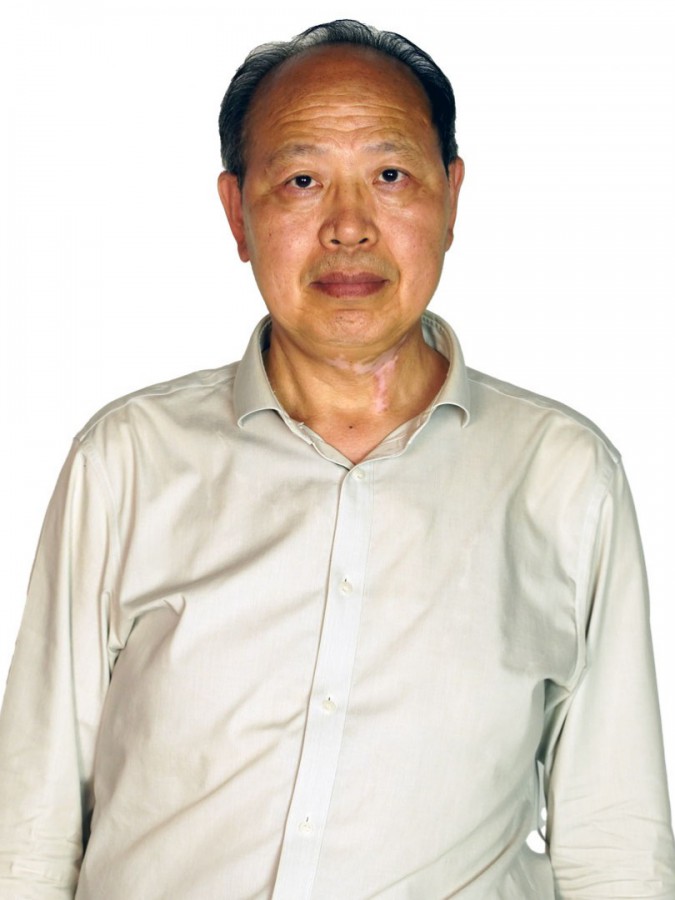resumo
QR (Quick Response) codes are two-dimensional barcodes composed of special geometric patterns of black modules in a white square background that can encode different types of information with high density and robustness, correct errors and physical damages, thus keeping the stored information protected. Recently, these codes have gained increased attention as they offer a simple physical tool for quick access to Web sites for advertising and social interaction. Challenges encompass the increase of the storage capacity limit, even though they can store approximately 350 times more information than common barcodes, and encode different types of characters (e.g.. numeric, alphanumeric. kanji and kana). In this work we fabricate luminescent QR codes based on a poly(methyl methacrylate) substrate coated with organic-inorganic hybrid materials doped with trivalent terbium (Tb3+) and europium (Eu3+) ions, demonstrating the increase of storage capacity per unit area by a factor of two by using the colour multiplexing, when compared to conventional QR codes. A novel methodology to decode the multiplexed QR codes is developed based on a colour separation threshold where a decision level is calculated through a maximum-likelihood criteria to minimize the error probability of the demultiplexed modules, maximizing the foreseen total storage capacity. Moreover, the thermal dependence of the emission colour coordinates of the Eu3+/Tb3+-based hybrids enables the simultaneously QR code colour-multiplexing and may be used to sense temperature (reproducibility higher than 93%), opening new fields of applications for QR codes as smart labels for sensing. (C) 2017 Elsevier Ltd. All rights reserved.
palavras-chave
OPTICAL-PROPERTIES
categoria
Optics; Physics
autores
Ramalho, JFCB; Antonio, LCF; Correia, SFH; Fu, LS; Pinho, AS; Brites, CDS; Carlos, LD; Andre, PS; Ferreira, RAS
nossos autores
Projectos
Harvesting the energy of the sun for a sustainable future (CENTRO-07-ST24-FEDER-002032)
CICECO - Aveiro Institute of Materials (UID/CTM/50011/2013)
SGH : Smart Green Homes (Smart Green Homes)
SusPhotoSolutions - Soluções Fotovoltaicas Sustentáveis (SUSPHOTOSOLUTIONS)
agradecimentos
Funding was provided by Fundacao para a Ciencia e a Tecnologia (FCT), EU/FEDER COMPETE and Mais Centro-PORC, under contracts PEST-OE/EEI/LA0008/2013 and CENTRO-07-ST24-FEDER-002032. This work was developed within the scope of the project CICECO-Aveiro Institute of Materials, POCI-01-0145-FEDER-007679 (FCT Ref. UID /CTM /50011/2013) and Institute de Teleco municacoes (FCT Ref. UID/EEA/50008/2013), financed by national funds through the FCT/MEC and Portugal 2020 through European Regional Development Fund (ERDF) in the frame of Operational Competitiveness and Internationalization Programme (POCI) in the scope of the project (Smart Green Homes) - POCI-01-0247-FEDER-007678 and from project RECI/CTM-CER/0336/2012). CDSB and SFHC thank the individual grant financed by the SusPhotoSolutions project CENTRO-01-0145-FEDER-000005. R. Rondao (University of Aveiro) is acknowledged for her help in the synthesis of the Tb3+-based hybrids.







